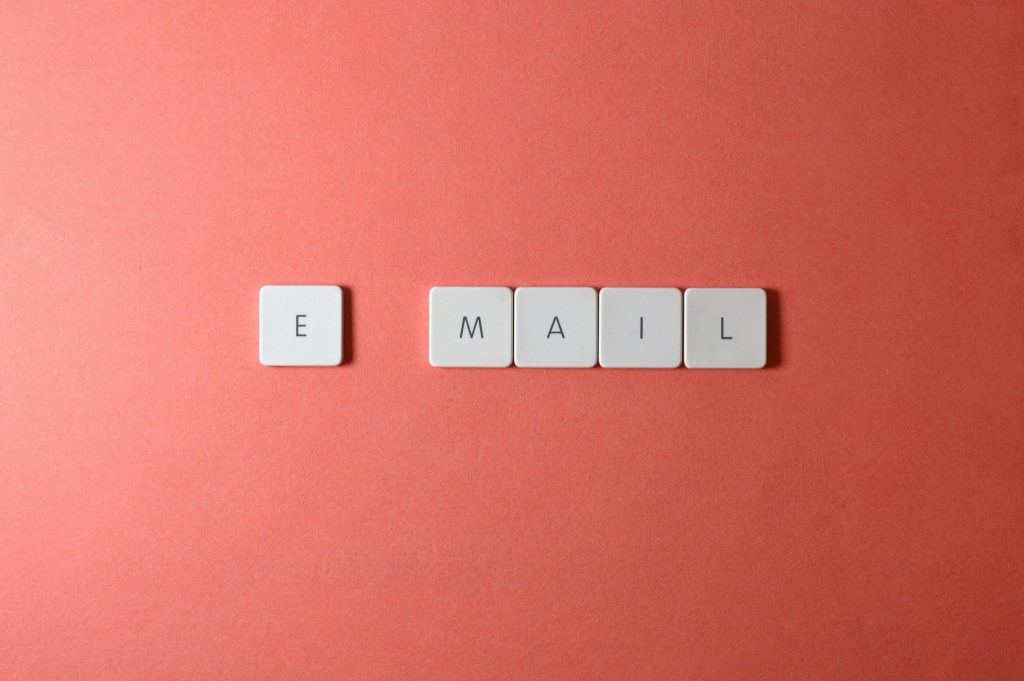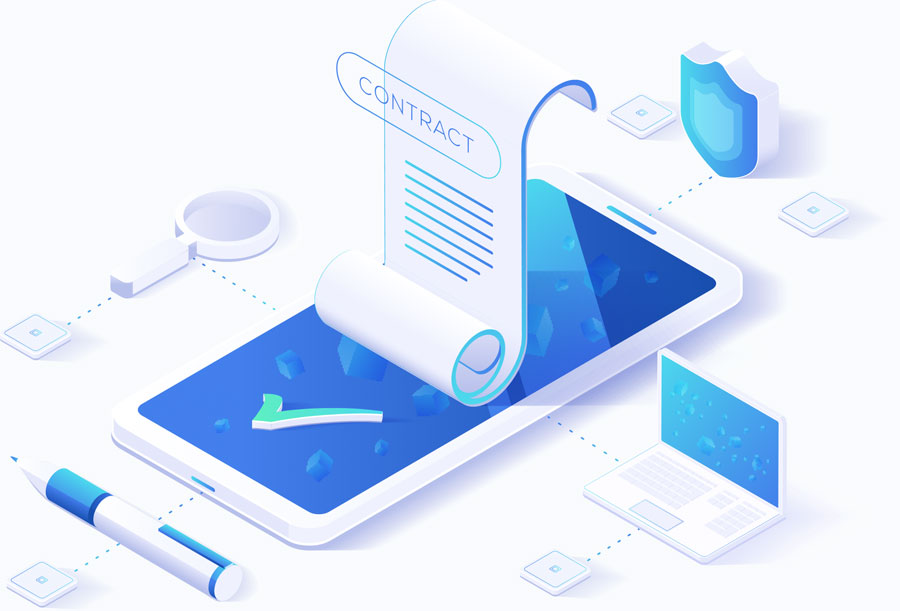Email marketing is a strategic digital marketing channel that involves sending commercial messages to a group of people via email. It allows businesses to directly communicate with their audience, build relationships, promote products or services, and drive engagement. When executed properly, email marketing offers one of the highest returns on investment (ROI) of any marketing strategy.

Photo by pexels
Why Email Marketing is Crucial for Your Business
Email marketing remains a powerful tool because it delivers personalized communication directly to the inbox of potential or existing customers. Unlike social media, where your message can be lost in the feed, emails ensure your message reaches your audience. Here’s why email marketing is important:
- High ROI: For every dollar spent on email marketing, the average return is $42, making it one of the most effective channels for ROI.
- Direct Access to Your Audience: Email allows you to communicate directly with people who have opted in to hear from you, meaning they’re already interested in your business.
- Personalization and Segmentation: With email, you can send tailored content to specific groups or even individuals based on their preferences, increasing engagement.
- Automation and Efficiency: Email marketing tools enable automation, allowing you to send personalized emails at scale and at the right time, such as follow-up emails or abandoned cart reminders.
The Types of Email Marketing Campaigns
- Welcome Emails:
- Sent to new subscribers to greet them, introduce your brand, and highlight key offerings.
- Often includes a welcome discount or offer.
- Sets the tone for future communication and establishes a relationship.
- Newsletter Emails:
- Regularly sent emails that keep your audience updated on the latest news, product releases, blog posts, or company updates.
- Great for maintaining consistent communication and staying top-of-mind with your subscribers.
- Promotional Emails:
- Focus on specific promotions, offers, or discounts.
- Includes seasonal sales, product launches, or flash sales.
- Encourages immediate purchases or actions.
- Transactional Emails:
- Triggered by actions taken by users, such as a purchase confirmation, shipping updates, or password resets.
- Provides essential information and builds trust with the customer.
- Abandoned Cart Emails:
- Sent when a customer adds items to their cart but doesn’t complete the purchase.
- Reminds them of what they left behind, often with a discount or incentive to encourage completing the purchase.
- Re-engagement Emails:
- Designed to win back inactive subscribers who haven’t interacted with your emails in a while.
- May include special offers or incentives to rekindle their interest.
- Lead Nurturing Emails:
- A series of automated emails designed to guide potential customers through the sales funnel.
- Educates them about your product or service, addressing pain points and offering solutions.
Building a Strong Email Marketing Strategy
To make the most of email marketing, it’s crucial to have a well-structured plan. Below are key steps to develop a successful email marketing strategy:
1. Build and Segment Your Email List
- Growing Your List: Focus on growing a list of opt-in subscribers who want to receive your content. Use methods like website signup forms, pop-ups, social media, and incentives (e.g., free downloads, discount codes) to encourage sign-ups.
- Segmentation: Divide your list into smaller segments based on criteria such as demographics, interests, past purchases, or behaviors. This allows you to send more relevant and targeted emails, improving engagement.
2. Create Engaging Content
Your email content must offer value to your audience. Here are key components:
- Subject Line: A strong subject line grabs attention. Keep it concise, intriguing, and reflective of the email’s content.
- Email Body: Focus on clear and compelling copy. Use a conversational tone that aligns with your brand and speaks directly to your audience’s needs.
- Call-to-Action (CTA): Every email should include a clear CTA—whether it’s to make a purchase, sign up for a webinar, or read your latest blog post. Make it easy for readers to take the next step.
- Personalization: Use customer data to personalize emails. This can include using their name in the subject line, recommending products based on past purchases, or tailoring content to their interests.
3. Optimize for Mobile
Over 60% of emails are opened on mobile devices. To ensure your emails are mobile-friendly:
- Use a responsive design that adjusts to different screen sizes.
- Keep content short and focused with easy-to-click CTAs.
- Ensure images load correctly and your email layout remains clear on smaller screens.
4. Automate Email Campaigns
Automation is key to scaling email marketing while maintaining personalization. Set up workflows for:
- Welcome Series: Automate a sequence of emails to new subscribers to introduce them to your brand and keep them engaged.
- Drip Campaigns: Send a series of emails over time to nurture leads or guide customers toward a specific action, like making a purchase.
- Abandoned Cart Emails: Automatically send reminders to customers who didn’t complete their purchase, often with an incentive to encourage conversion.
5. Analyze and Optimize Your Campaigns
It’s important to regularly measure the performance of your email campaigns and adjust based on the data. Key metrics include:
- Open Rate: The percentage of people who opened your email. A low open rate may suggest you need to work on your subject lines or improve your sender reputation.
- Click-Through Rate (CTR): The percentage of recipients who clicked on a link within your email. A low CTR may indicate the need for clearer CTAs or more engaging content.
- Conversion Rate: The percentage of recipients who completed the desired action (e.g., making a purchase). This helps you measure the effectiveness of your content and CTA.
- Unsubscribe Rate: High unsubscribe rates could signal that your emails aren’t relevant or are sent too frequently.
Best Practices for Email Marketing Success
- Send Regularly, But Not Too Often: Finding the right balance for how often to send emails is crucial. Too frequent, and you risk overwhelming your audience; too infrequent, and you risk being forgotten.
- Test and Refine: Use A/B testing to experiment with different subject lines, email designs, content lengths, and CTAs. This will help you understand what works best with your audience.
- Maintain List Hygiene: Regularly clean your email list by removing inactive subscribers to maintain a healthy list. This improves deliverability and ensures you’re reaching an engaged audience.
- Compliance with Laws: Ensure your email marketing complies with regulations such as GDPR (General Data Protection Regulation) and CAN-SPAM Act. Always provide an easy way for subscribers to opt out of your emails.
How Hyr Digital Can Enhance Your Email Marketing
At Hyr Digital, we specialize in creating high-impact email marketing campaigns that engage your audience and drive measurable results. Our expert team can assist with:
- Strategy Development: Crafting a customized email marketing strategy tailored to your business goals.
- List Segmentation: Using advanced segmentation techniques to target specific audiences with relevant messages.
- Email Design and Copywriting: Creating eye-catching, responsive email designs and writing compelling copy that drives action.
- Automation: Setting up automated workflows to nurture leads and retain customers.
- Performance Analysis: Monitoring and optimizing campaigns based on data insights to maximize ROI.
Conclusion
Email marketing is a versatile and powerful tool that can help businesses of all sizes build relationships, increase sales, and grow brand loyalty. By delivering personalized, value-driven content to your subscribers, you can achieve long-term success.
With the right strategy and execution, Hyr Digital can help you unlock the full potential of email marketing. Contact us today to discuss how we can help your business thrive through targeted, effective email marketing campaigns!


